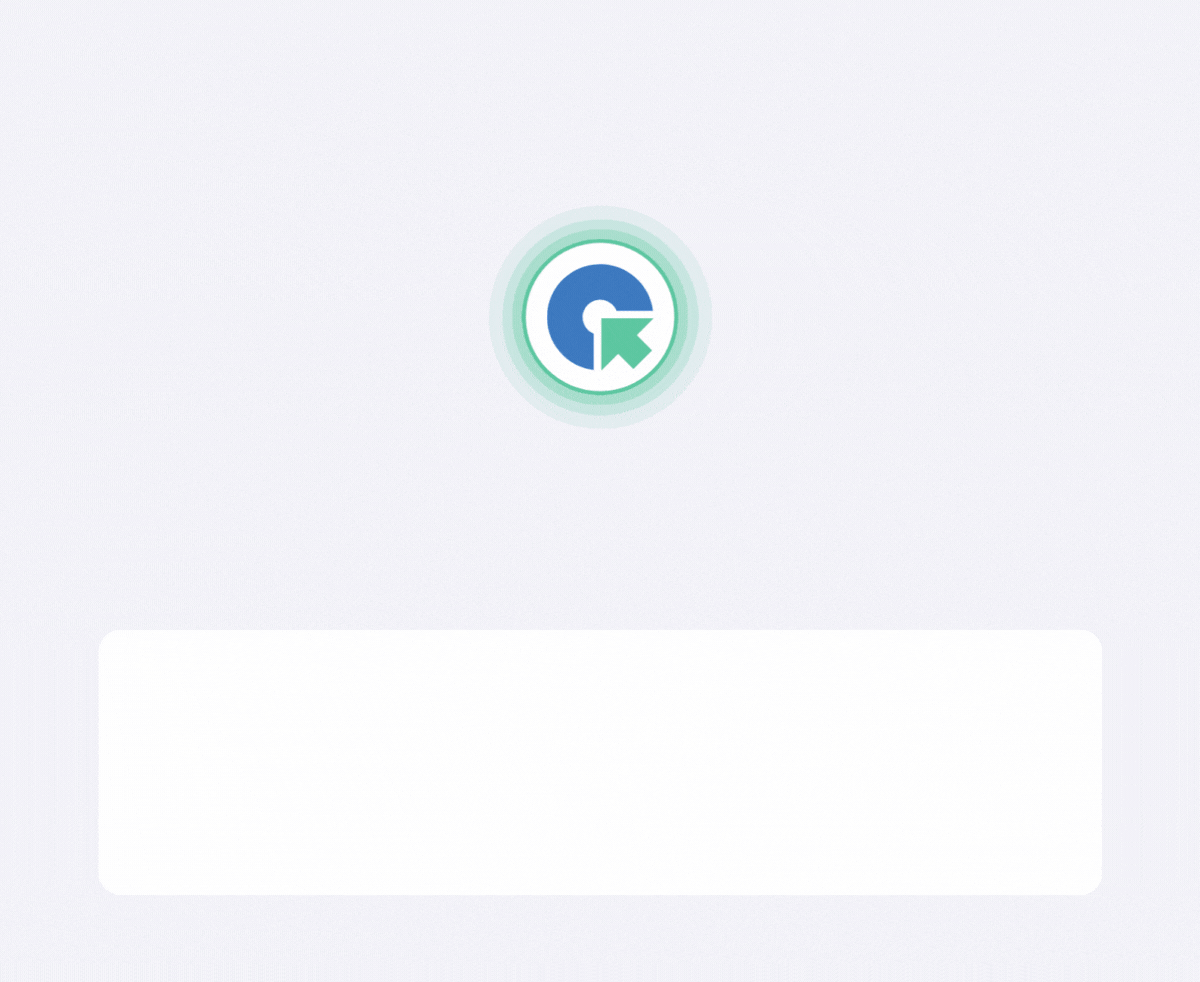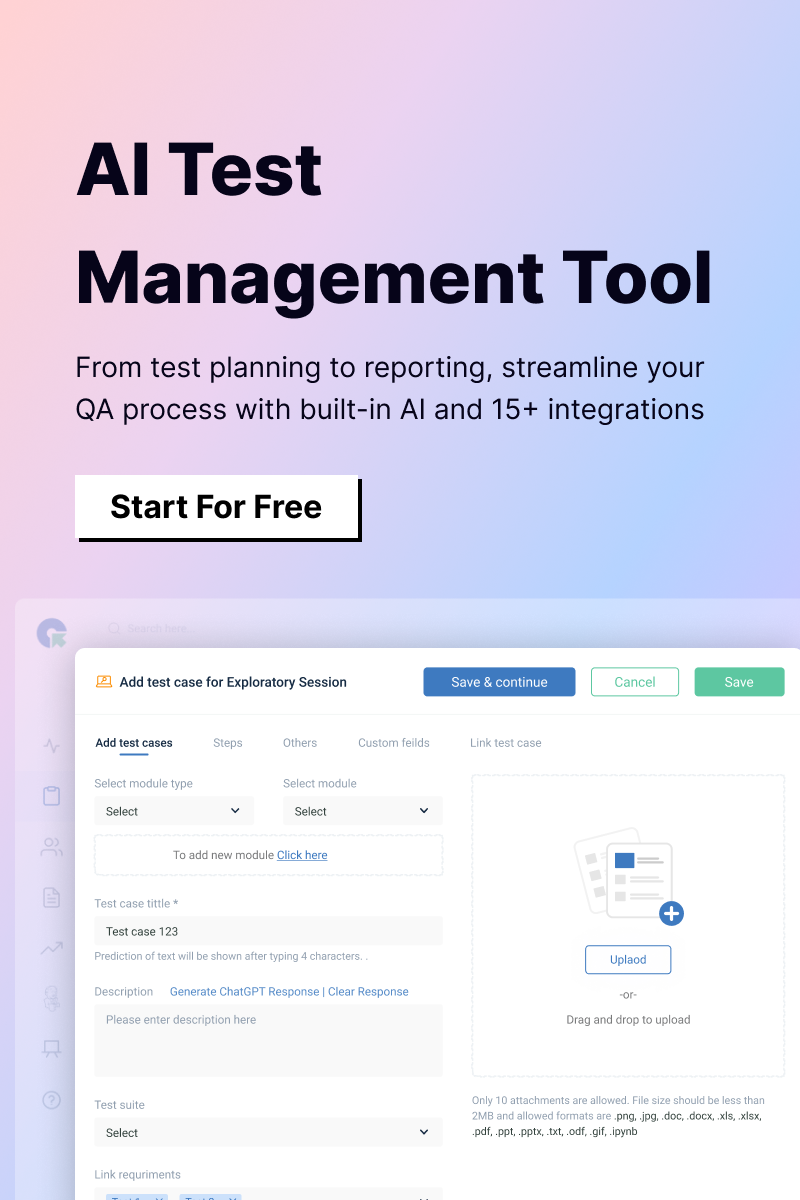Bug tracking tools help teams identify, manage, and resolve software defects efficiently. Some popular bug tracking tools include:
- JIRA – A widely used tool for tracking issues and managing Agile projects.
- monday.com – A versatile work management platform with bug tracking capabilities.
- BugHerd – A visual feedback and bug tracking tool for web development.
- Kualitee – A test and defect management platform for QA teams.
- Katalon TestOps – A testing platform with integrated defect tracking.
- ClickUp – A project management tool with issue tracking features.
- LogRocket – A tool that helps track and reproduce frontend bugs.
- QA Touch – A test management tool with built-in bug tracking capabilities.
How to file a bug report?
A bug report can be filed by following these steps:
- Title/Summary – Write a clear, concise title describing the bug.
- Bug Description – Explain the issue in detail, including what was expected and what actually happened.
- Steps to Reproduce – Provide step-by-step instructions to replicate the bug.
- Environment Details – Mention the software version, operating system, browser, or device used.
- Severity/Priority – Indicate the impact of the bug (e.g., Critical, High, Medium, Low).
- Attachments – Include screenshots, videos, or logs if applicable.
- Assign and Track – Submit the report in a bug tracking system such as JIRA or QA Touch for monitoring and resolution.
How to report a bug in software testing?
To report a bug in software testing:
- Identify the Bug – Ensure the issue is reproducible and not a user error.
- Select a Bug Tracking Tool – Use platforms such as JIRA, QA Touch, or Bugzilla to log the bug.
- Write a Clear Title – Provide a brief but descriptive summary of the bug.
- Describe the Bug – Explain the issue, expected behavior, and actual outcome.
- List Steps to Reproduce – Provide a step-by-step guide to replicate the bug.
- Specify the Environment – Mention software version, OS, browser, or device details.
- Assign Severity & Priority – Categorize the bug based on its impact.
- Attach Screenshots/Videos – Provide visual proof or logs if needed.
- Submit & Monitor – File the report and track its status for updates.
What is the difference between bug severity and bug priority?
Bug severity refers to the impact a defect has on the system’s functionality, while bug priority determines the urgency of fixing it. Severity is based on technical aspects, such as system crashes or data loss, while priority is set based on business needs, considering deadlines and user impact. A high-severity bug (e.g., system crash) may have a low priority if it rarely occurs, while a low-severity UI glitch may have high priority if it affects key users.
What is bug severity?
Bug severity refers to the extent to which a defect affects the functionality, performance, or usability of a software application. It indicates the seriousness of the issue from a technical perspective, ranging from critical (system crashes or data loss) to low (minor UI misalignment). Severity is typically categorized as Critical, High, Medium, or Low and helps determine the impact of the bug on the system’s operation.
How does QA Touch streamline bug tracking and reporting?
QA Touch streamlines bug reporting by allowing teams to log defects efficiently, track their status, and integrate with tools such as Jira. With its intuitive interface, testers can document detailed bug reports, including severity, priority, steps to reproduce, and attachments. QA Touch also enables collaboration by linking bugs to test cases, ensuring visibility across development and QA teams. Its reporting and dashboard features help monitor defect trends, improving overall software quality.



